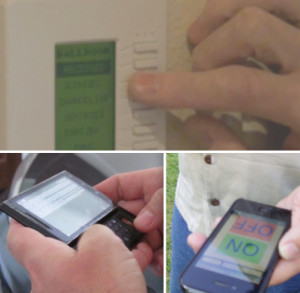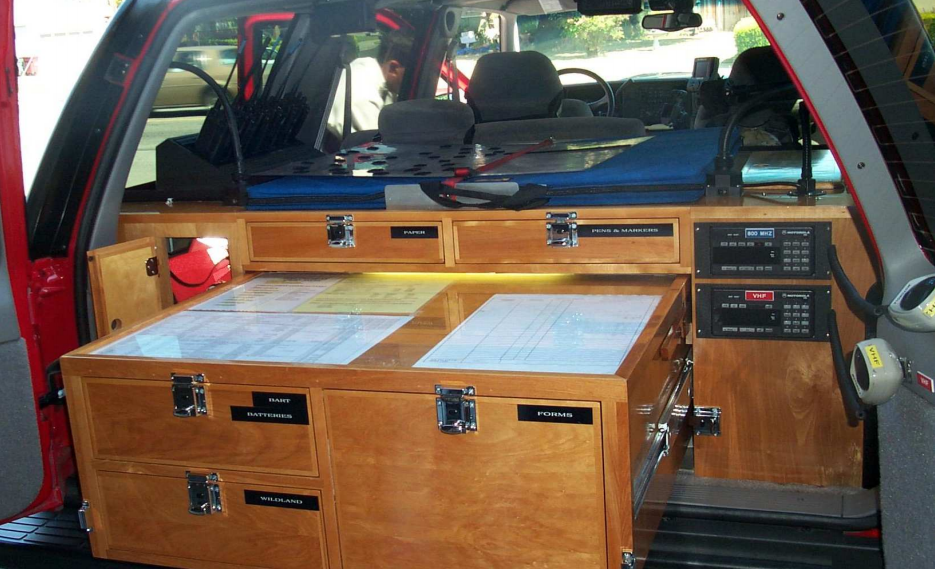
One of the most fulfilling types of research for me is going out into the field to spend time with real end-users, trying to understand their needs, hopes, frustrations, and desires. The first undergraduate research project I did at UC Berkeley that hooked me on Human-Computer Interaction (HCI) was a field study with fire fighters with an eye toward finding opportunities for ad hoc sensor networks to help them do their jobs more effectively and be safer while on duty. We spent many hours with firefighters in Berkeley and Alameda, going along on incident runs, showing them low-fidelity prototypes of our ideas, and constantly iterating upon those ideas to move toward solutions that might actually work for them.
Ever since that experience, I’ve jumped on opportunities to do more. As an intern at IBM Research, I conducted contextual inquiries with system administrators. As research scientist at Willow Garage, I led the need finding efforts for personal robotics by collaborating with Michael Barry (Stanford d.school) to conduct in-home interviews with people who might have needs that robotic technologies could meet (e.g., home automators and home organizers). As part of our research on telepresence robotics, we also used contextual inquiry and critical incident reporting methods to get a deeper understanding how remote presence systems were used by remote co-workers and their local colleagues.
My publications from conducting field research (e.g., contextual inquiry, need finding) include:
Takayama, L., Pantofaru, C., Robson, D., Soto, B., & Barry, M. (2012). Making technology homey: Finding sources of satisfaction and meaning in home automation. Proceedings of Ubiquitous Computing: Ubicomp 2012, Pittsburgh, PA, 511-520. [19% acceptance rate]
[ PDF ]
Pantofaru, C., Takayama, L., Foote, T., & Soto, B. (2012). Exploring the role of robots in home organization. Proceedings of Human-Robot Interaction: HRI 2012, Boston, MA, 327-334. [25% acceptance rate]
[ PDF ]
Takayama, L. & Go, J. (2012). Mixing metaphors in mobile remote presence. Proceedings of Computer Supported Cooperative Work: CSCW 2012, Seattle, WA, 495-504.
[ PDF ]
Lee, M. K. & Takayama, L. (2011). “Now, I have a body”: Uses and social norms of mobile remote presence in the workplace. Proceedings of Human Factors in Computing Systems: CHI 2011, Vancouver, CA, 33-42. [26% acceptance rate; nominated for best paper = top 5%]
[ PDF ]
Takayama, L., & Kandogan, E. (2006). Trust as an underlying factor of system administrator interface choice. Extended Abstracts of Human Factors in Computing Systems: CHI 2006, USA, 1391-1396. [23% acceptance rate]
[ PDF ]
Barrett, R., Kandogan, E., Maglio, P. P., Haber, E., Takayama, L., & Prabaker, M. (2004). Field studies of computer system administrators: Analysis of system management tools and practices. Proceedings of Computer Supported Cooperative Work: CSCW 2004, USA, 388-395. [30% acceptance rate]
[ PDF ]
Ames, M., Go, J., Takayama, L., Raffle, H., Spasojevic, M., & Ballagas, R. (2008) Exploring family communication and technology use with an eye to design. CSCW 2009 workshop on family communication.
[ PDF ]
Takayama, L. & Card, S. K. (2008). Tracing the microstructure of sensemaking. CHI 2008 workshop on sensemaking.
[ PDF ]

Jiang, X., Hong, J. I., Takayama, L., & Landay, J. A. (2004). Ubiquitous computing for firefighters: Field studies and prototypes of large displays for incident command. Proceedings of Human Factors in Computing Systems: CHI 2004, Austria, 679-686. [16% acceptance rate]
[ PDF ]
This is a subset of my publications. To see ’em all, go here.